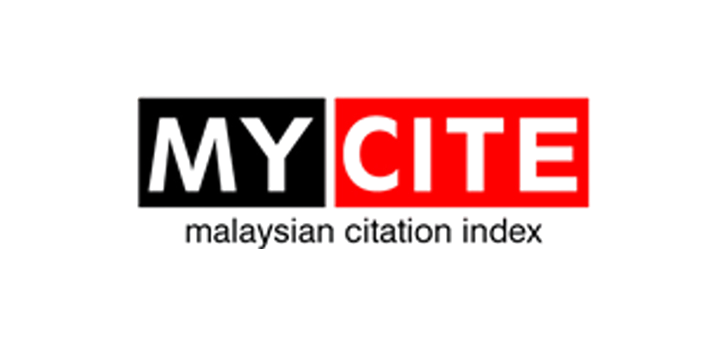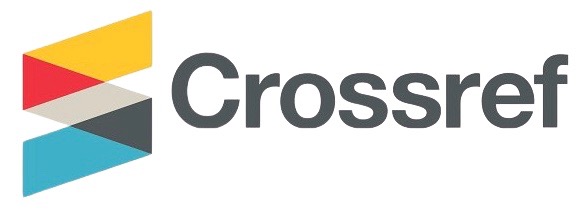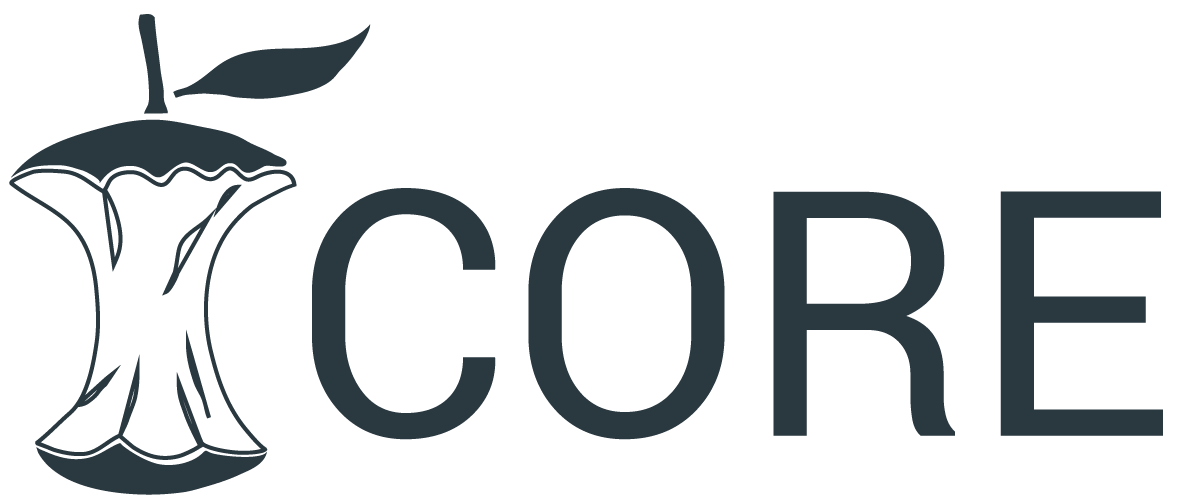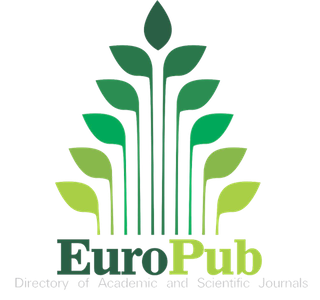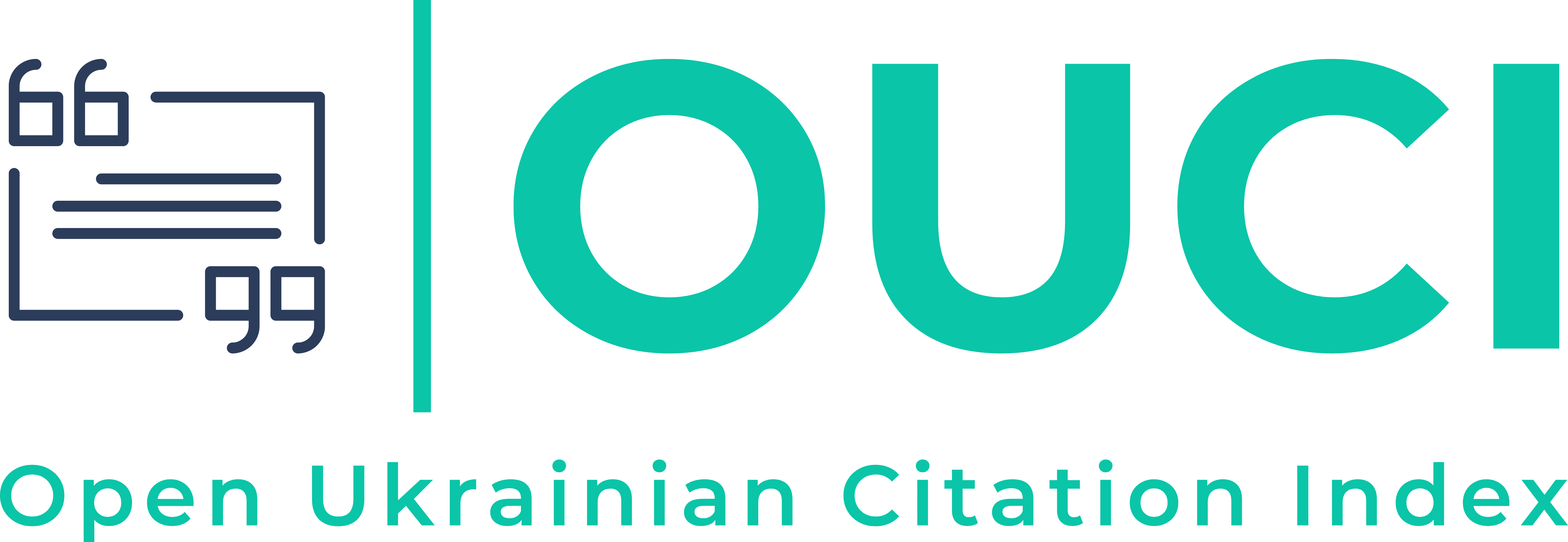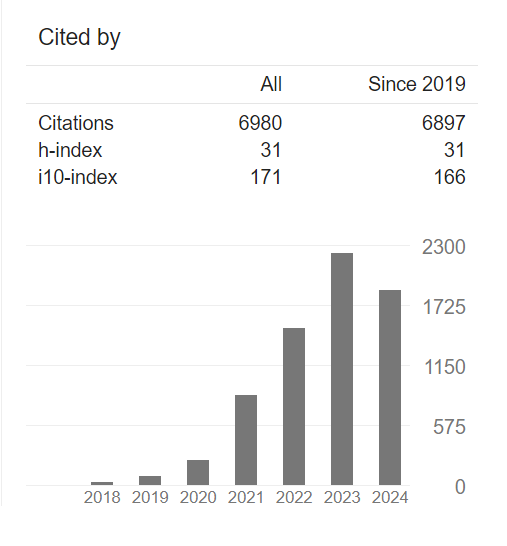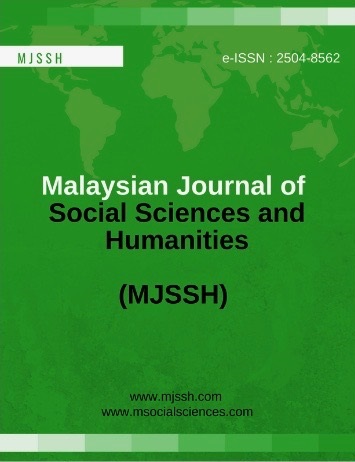Phototherapy as an Alternative Treatment in Mental Health for Malaysian Post-Pandemic Covid-19 Victims
Abstract
The COVID-19 pandemic has drastically impacted mental health around the world and increased the need for other therapeutic interventions. This article evaluates the phototherapy approach as an alternative therapy in mental health for victims of post-pandemic COVID-19 in Malaysia. Qualitative methods were used in data collection through case studies, expert interviews, personal interviews, participant stories, and direct observation of the phototherapy process among the seven research participants. The study showed that participants feel unfamiliar and are not conscious of phototherapy. Therefore, there is a need for education and insight into this technique. Divergent views were expressed by the participants, some of whom were open to combining phototherapy with more conventional forms of treatment like medication and counseling. However, consideration of cultural sensitivities, engagement with the existing mental health support systems, and targeted public awareness are important for wider acceptance and use. Recommendations include government policies and funding for research and education programs, community activities initiated by NGOs, and advocacy through in-person efforts such as workshops and social media. Future studies would examine how effective phototherapy is when used in different demographic groups, compared to other treatment interventions, and when integrated with digital technologies. This study contributes to the discourse on alternative mental health treatments and provides actionable insights to expand the use of phototherapy within Malaysia's mental health framework.
Downloads
References
Cascella, M., Rajnik, M., Cuomo, A., Dulebohn, S. C., & Di Napoli, R. (2020). Features, evaluation, and treatment of coronavirus. StatPearls Publishing. https://pubmed.ncbi.nlm.nih.gov/32150360/
Coombs, H. V. (2022). Case study research defined [White paper]. Zenodo. https://doi.org/10.5281/zenodo.7604301
Goodhart, F. W., Hsu, J., Baek, J. H., Coleman, A. L., Maresca, F. M., & Miller, M. B. (2006). A view through a different lens: Photovoice as a tool for student advocacy. Journal of American College Health, 55(1), 53–56. https://doi.org/10.3200/jach.55.1.53-56
Halkola, U. (2011). Spectro cards in therapy and counselling: A guide for using photo cards. https://www.spectrovisio.net/pdftiedostot/SpectroCards2016.pdf
Hassan, N. M., Kassim, E. S., & Hamzah, M. I. (2018). Issues and challenges of mental health in Malaysia. International Journal of Academic Research in Business and Social Sciences, 8(12), 1685–1696. http://dx.doi.org/10.6007/IJARBSS/v8-i12/5288
Kohn, R., Saxena, S., Levav, I., & Saraceno, B. (2004). The treatment gap in mental health care. Bulletin of the World Health Organization, 82(11), 858–866. https://pubmed.ncbi.nlm.nih.gov/15640922/
Krauss, F. (1983). A summary of characteristics of photographs which make them useful in counselling and therapy. Camera Lucida, 1(1).
Martinez-Ales, G., Hernandez-Calle, D., Khali, N., & Keyes, K. M. (2020). Why are suicide rates increasing in the United States? Towards a multilevel reimagination of suicide prevention. Current Topics in Behavioural Neurosciences, 46, 1–23. https://doi.org/10.1007/7854_2020_158
Reynolds, F., Lim, K. H., & Prior, S. (2008). Images of resistance: A qualitative enquiry into the meanings of personal artwork for women living with cancer. Creativity Research Journal, 20(2), 211–220. https://doi.org/10.1080/10400410802060059
Schudson, K. R. (1975). The simple camera in school counseling. The Personnel and Guidance Journal, 54(4), 225–226. https://doi.org/10.1002/j.2164-4918.1975.tb04230.x
Star, K. L., & Cox, J. A. (2008). The use of phototherapy in couples and family counseling. Journal of Creativity in Mental Health, 3(4), 373–382. https://doi.org/10.1080/15401380802527472
Stewart, D. (1979). Phototherapy: Theory & practice. Art Psychotherapy, 6(1), 41–46. https://doi.org/10.1016/0090-9092(79)90019-x
Tourigny, L., & Naydenova, I. (2020). Using therapeutic photography techniques to increase the well-being of college students. Journal of Counseling and Psychology, 3(1). https://digitalcommons.gardner-webb.edu/jcp/vol3/iss1/4/
Votruba, N., & Thornicroft, G. (2016). Sustainable development goals and mental health: Learnings from the contribution of the Fundamentals global initiative. Global Mental Health, 3, e26. https://doi.org/10.1017/gmh.2016.20
Weiser, J. (2004). Phototherapy techniques in counselling and therapy—Using ordinary snapshots and photo-interactions to help clients heal their lives. Canadian Art Therapy Association Journal, 17(2), 23–53. https://doi.org/10.1080/08322473.2004.11432263
WHO World Mental Health Survey Consortium. (2004). Prevalence, severity, and unmet need for treatment of mental disorders in the World Health Organization World Mental Health Surveys. JAMA, 291(21), 2581–2590. https://doi.org/10.1001/jama.291.21.2581




